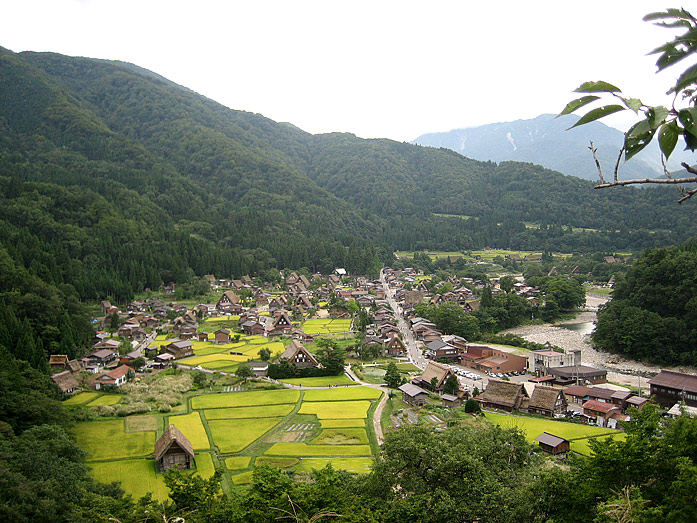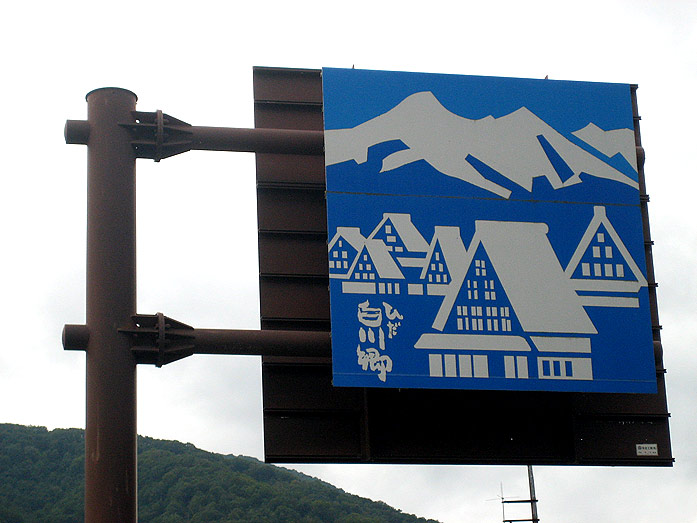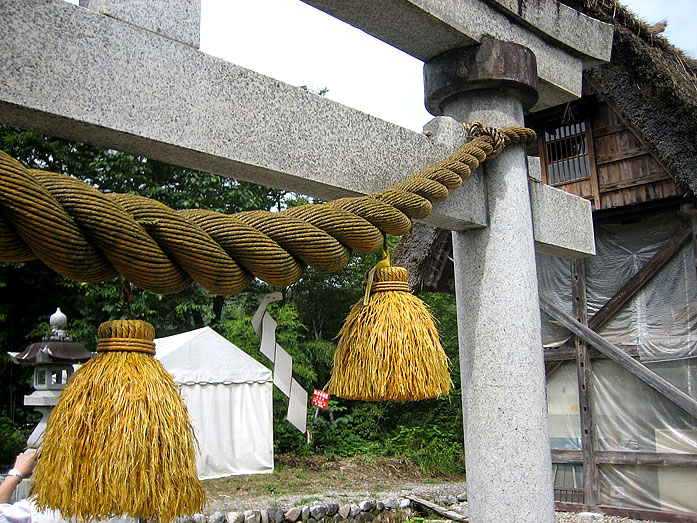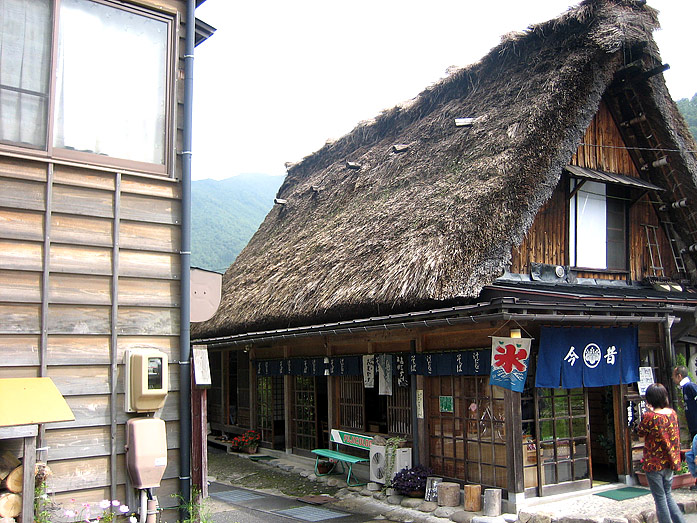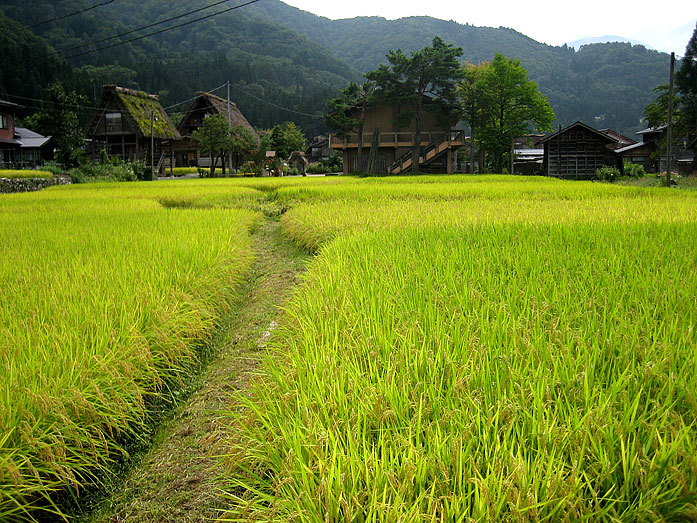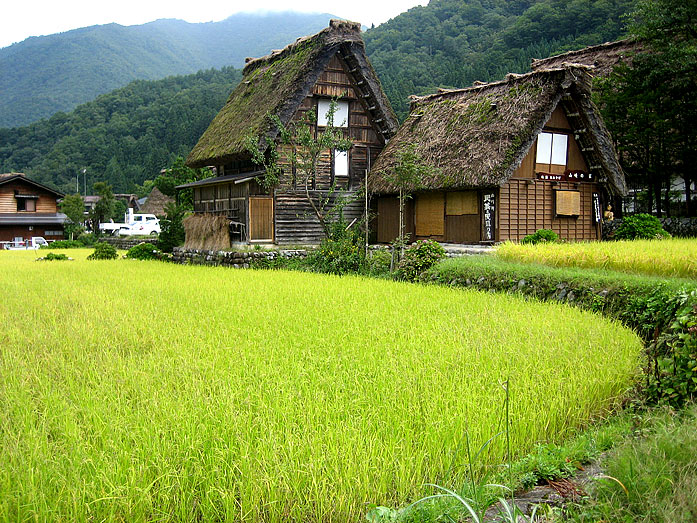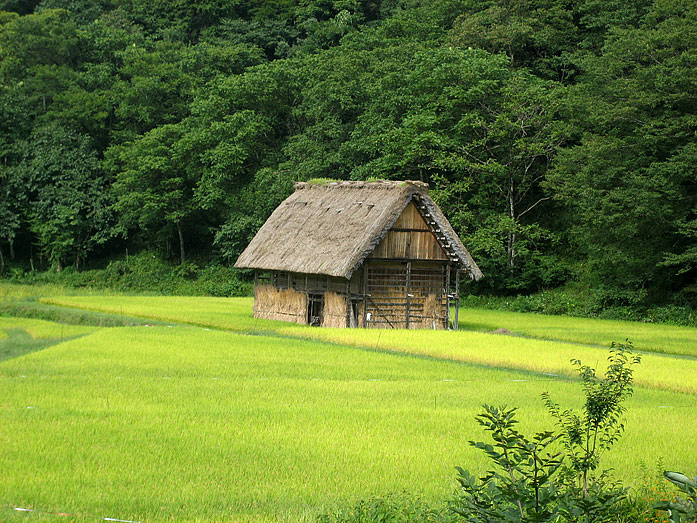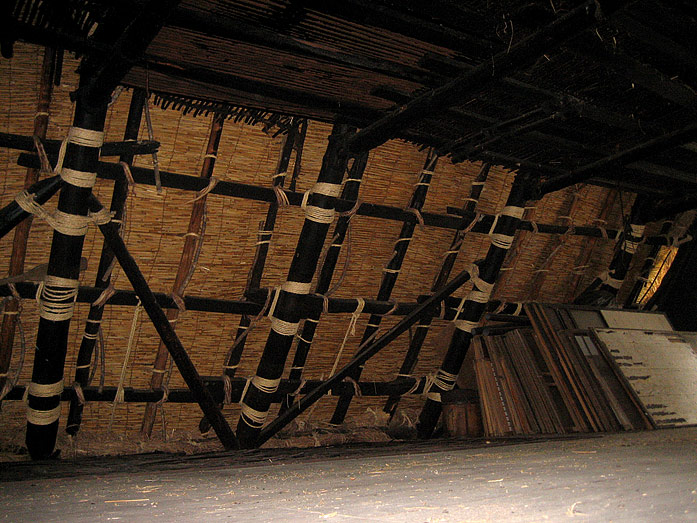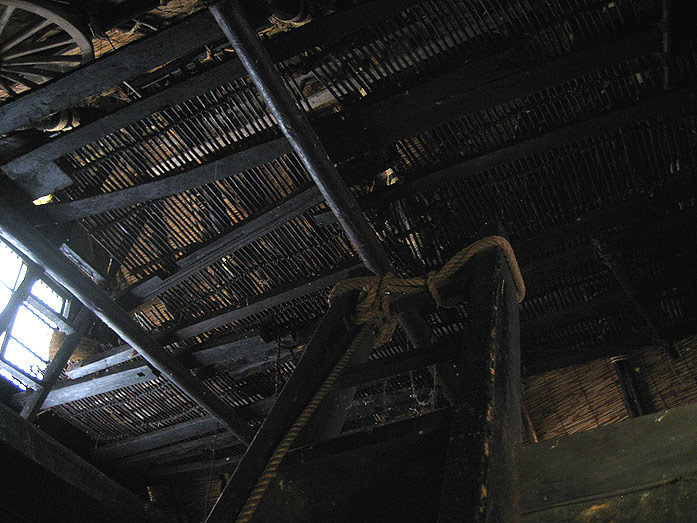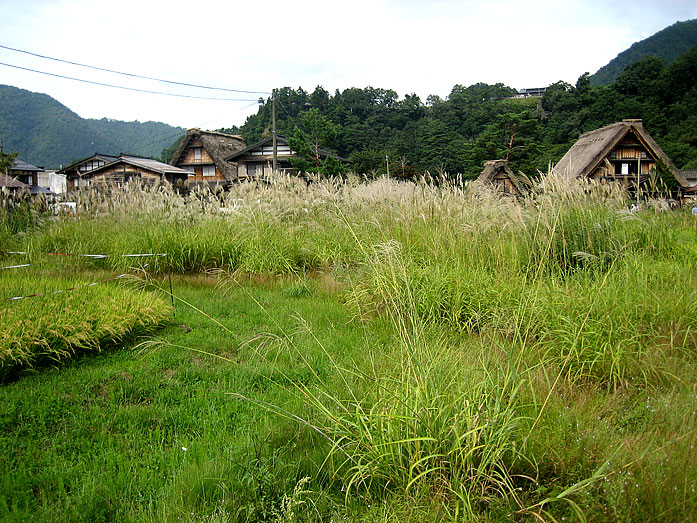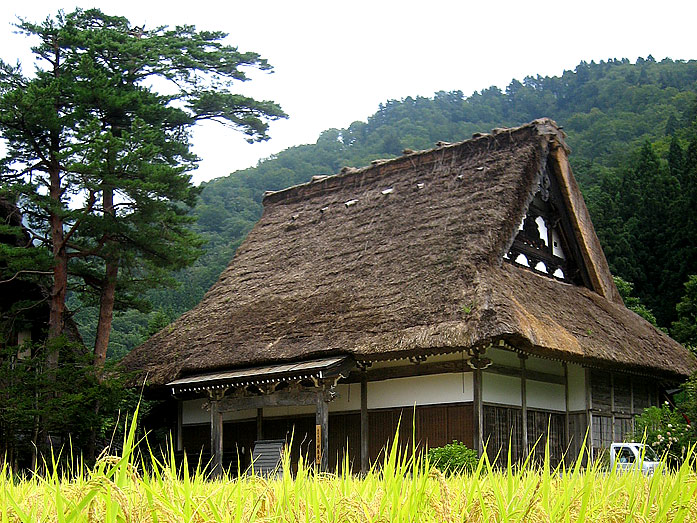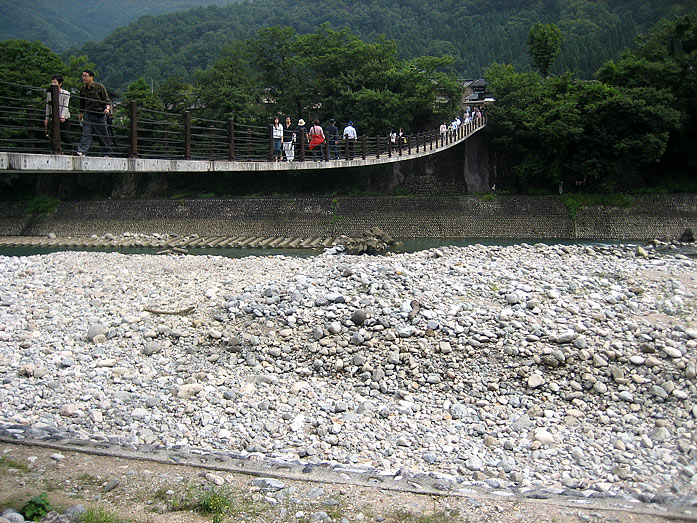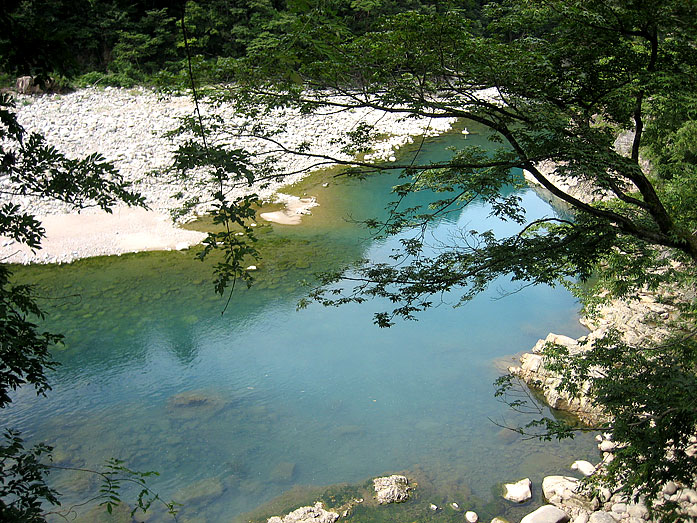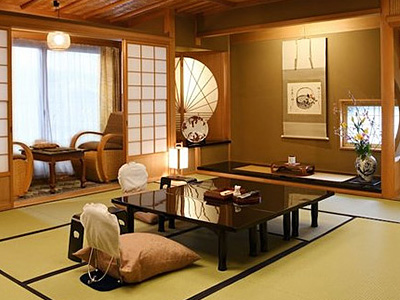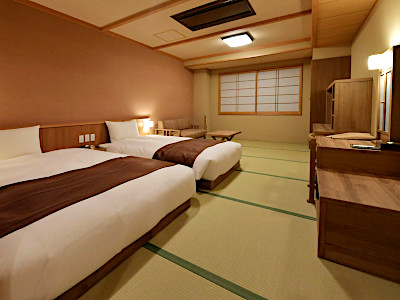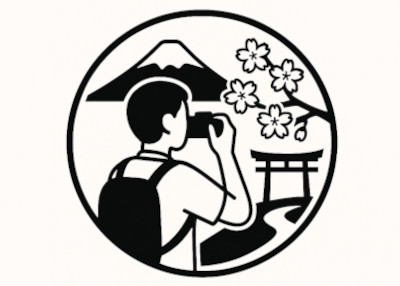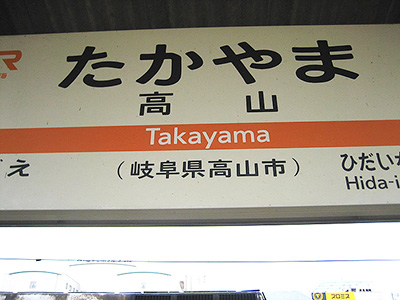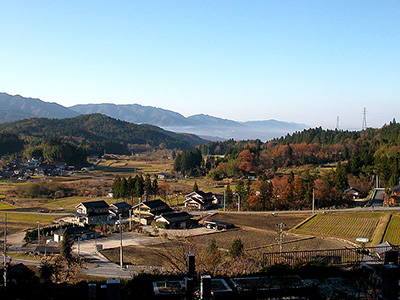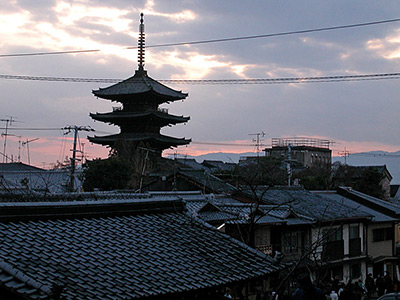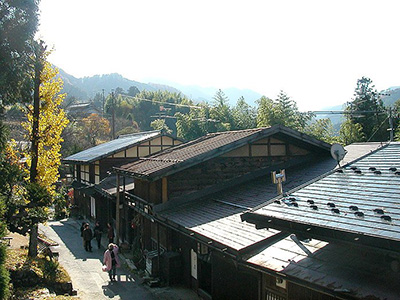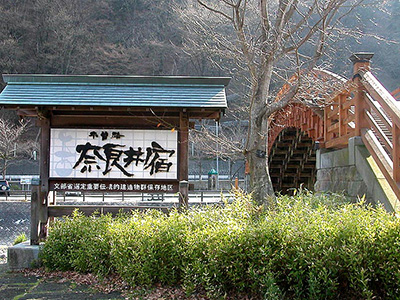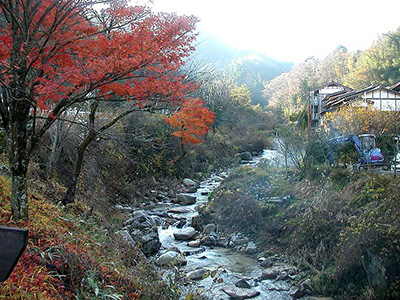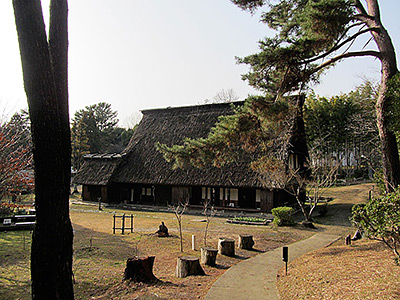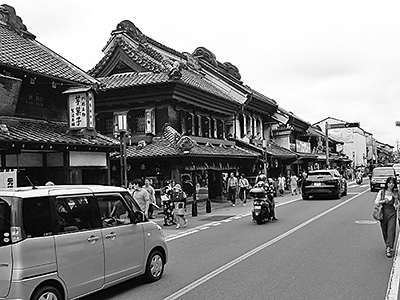Shirakawa-go in Gifu Prefecture
This post can contain affiliate links, which means that we may receive a small commission if you make a purchase using these links.
Facts & Figures
Shirakawa-go was declared a UNESCO World Heritage Site in 1995. The Shirakawa-go area consists of three historic villages, which are Ogimachi (the largest), Ainokura, and Suganuma. These villages are located in the remote Shogawa River Valley, which can be found in a mountain area that stretches from Gifu to the Toyama Prefecture.
 Since 2004 I have traveled nearly every year to Japan. The rail pass made my life easier to discover all those amazing places in my favorite country.
Since 2004 I have traveled nearly every year to Japan. The rail pass made my life easier to discover all those amazing places in my favorite country.
Get Your Pass Now and Save! >
The place is famous for the traditional Gassho-zukuri farmhouses. Some of them are older than 250 years. The houses are the only examples of their kind in Japan. The word Gassho-zukuri comes from "constructed like hands in prayer" and describes the typical roof shape of these buildings. It was created to withstand the heavy snowfalls in this region. The straw of the steeply thatched roofs must be replaced every 20 years. The total number of these unique houses is 114 and approx. 600 people are still living there. Interesting to know is that the roofs of these houses were constructed without the use of nails. Some of them are used as museums or guesthouses. It is easy to see why 1.5 million visitors from all over the world arrive here yearly to enjoy this amazing sight through all the seasons.
My tips for local activities

Enjoy this day trip with visits of Shirakawa-go, Gokayama and Takayama. It is a private driver tour. Your driver guide will pick you up from your hotel in Kanazawa. For more details check out this page >
History
This small settlement of the Shirakawa-go village got its name from a traditional Japanese word that locals used for the region during ancient times. The oldest traces of human existence in the village can be dated back between 7000 B.C. and 2300 B.C. Therefore the place is a perfect representation of how people must have lived in a traditional Japanese rural settlement during ancient times. However, the name Shirakawa-go was not mentioned in historical documents until 1176. The mountain village was surrounded by hills, which implies that much of the area was forested and agriculture was only practiced to provide food for the locals. Most of the Gassho-zukuri houses were built about 200-300 years ago. These houses were used as the center of silk farming within the Hida region. Despite the drastic economic and social changes that have occurred in Japan over the years, the village of Shirakawa-go is still miraculously standing. As a result, the settlement has preserved the spirit and the archeological evidence of Japan’s long, eventful, and interesting history.
Location

Shirakawa-go is located at the foot of Mount Haku-san in the northwestern part of the Gifu Prefecture.
Address: Ogimachi, Shirakawa-mura, Ono-gun 501-5627 Gifu prefecture
How to get to Shirakawa-go?
- 1hr from Takayama to Shirakawa-go by Nohi Bus
Sightseeing spots in Shirakawa-go
Top:
Ogimachi Village - It is the main attraction and largest village of Shirakawa-go with the most Gassho-zukuri houses.
Wada House - This well-preserved Gassho-zukuri house with a beautiful Japanese garden received the status of an Important Cultural Property. It was constructed during the Edo period (1603 - 1868) and is open to visitors.
Shiroyama Observation Deck - It is located on the remaining parts of the Ogimachi Castle and offers amazing views over the village.
Tenshukaku Observatory - Another observatory with great views over the Ogimachi Village. For easy access, you can use a shuttle bus from the Wada House.
Shirakawa Kaido Street - The main street of the village offers food stalls and souvenir shops.
Nagase House - If you’re interested in how a family of doctors lived in the past during the Edo period (1603 - 1868) this is the place to be. The exhibition features medical equipment used during that period.
Myozenji Temple Museum - It was an old living quarter of monks of the nearby temple, which displays now the history of Myozenji dating back to 1748.
Gassho-zukuri Minkaen - Enjoy this beautiful outdoor museum with Gassho-zukuri houses, a Buddhist temple, souvenir shops, restaurants, and the possibility to try out local crafts.
Kanda House - This house was built over 150 years ago and you will find some writings on the wooden roof frame from workers made in 1850.
Tajima House - The Museum of Silk Culture gives you great insights into the process of silk farming in large attic spaces in a historical context.
Nearby:
Gokayama - Just 10km north of Ogimachi is the Gokayama area (UNESCO World Heritage Site) with its beautiful villages - Ainokura and Suganuma - located. It is easy to describe these places: less touristy, beautiful Gassho-zukuri houses and scenery. My tip for food lovers: Try out the delicious local soba noodles and tofu.
Festival & Events (dates can change without notice)
January/February
Winter Light-Up/Illumination event
Only on a few Monday and Sunday nights in January and February, you can enjoy these illumination events. Most of the Gassho-zukuri houses in Ogimachi are illuminated from 5:30 pm - 7:30 pm. It is a beautiful sight in contrast to the deep snow covering the whole area. Important: You have to make a reservation in advance.
October
Doburoku Matsuri Festival (14th - 19th)
Giving thanks to the autumn harvest. Doburoku is a special type of white, unrefined sake and it is served to visitors of the festival.

